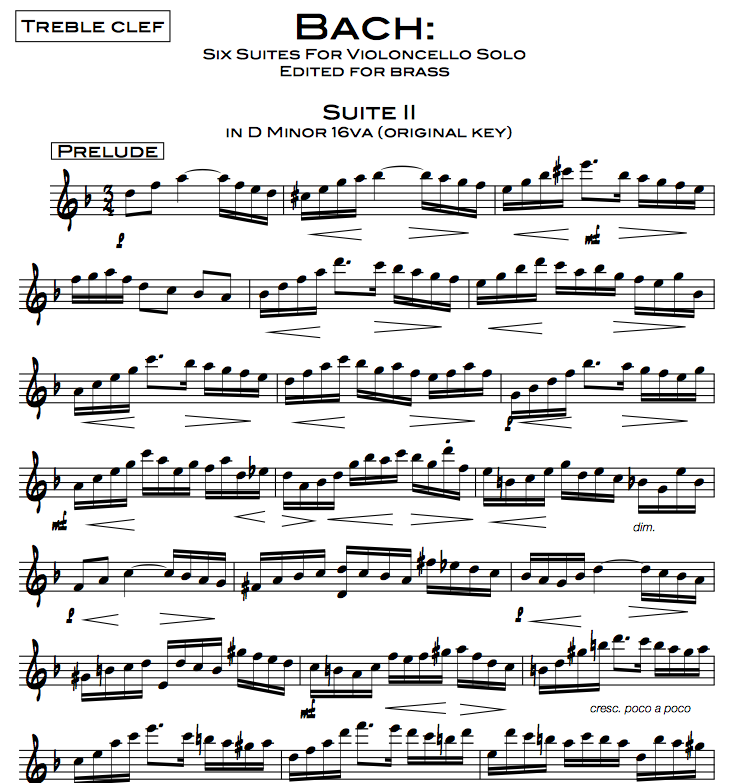


Learn to “taste” each note before playing it. Whistling can also help students feel the various vowel sounds and tongue settings. Some basic rules for the horn are: Low register – “toh” or “thoh” Middle Register – “tah” or “dah” High Register “teh” or “tee”.
#Best trumpet pedal tones exercises professional#
Many professional brass players advocate the use of different vowel sounds to achieve better accuracy. Find the right tongue position/vowel sound. Drone practice is especially useful for working out scales (slowly) and lyrical passages. Like mouthpiece buzzing, regular practice with a drone helps develop our inner ear.

Insist upon a buzzy, in-tune sound, supported by a controlled but relaxed air stream. Help students develop their inner ear to the point where they can sing along inside their heads while playing. In a classroom situation, avoid putting individual students on the spot by having the entire class sing through a challenging passage together. Singing is a vital part of performing, but the physical demands of brass playing sometimes make us lose sight of our musical goals. The following list of tips, together with the accompanying exercises, can be used as a starting point for the improvement of accuracy. While there are acoustical reasons for these difficulties, horn players should still strive to achieve a high level of consistency. Although these challenges tend to frustrate beginner and intermediate players the most, even professionals must work diligently to maintain and improve accuracy. For horn players and their teachers, accuracy and consistency in general often present more of a challenge than other instruments.


 0 kommentar(er)
0 kommentar(er)
